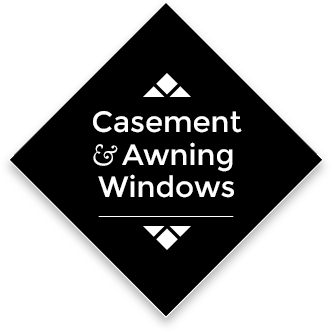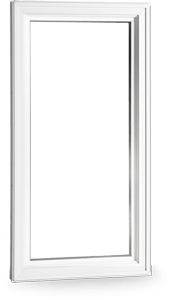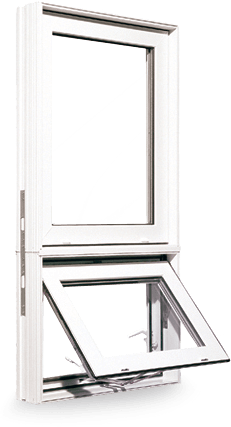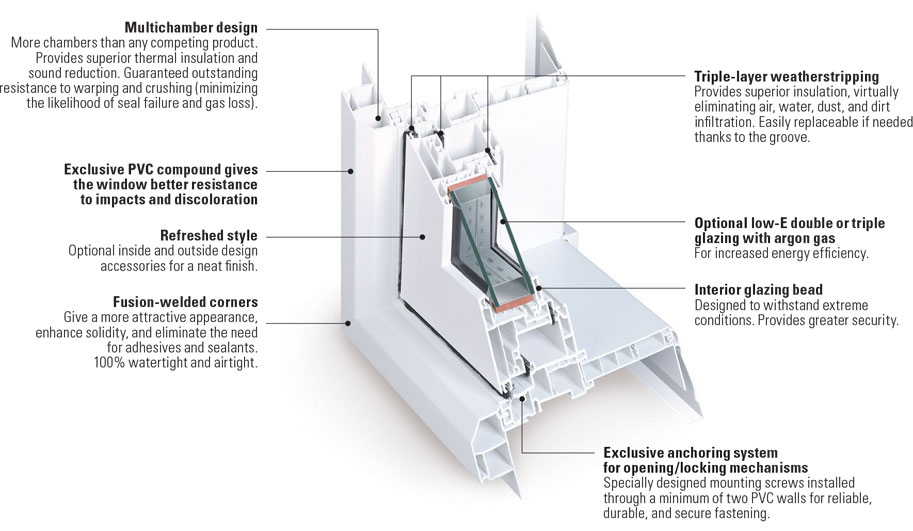In the 20th century, with the introduction of newer, more functional, and lower-maintenance materials like aluminum and vinyl, and the development of better hardware, sliders and then casements took over a large portion of the market.
Today, although casement windows are probably the most widely used, single and double-hung windows have also benefitted from new technology and have once again become another popular choice.
Thanks to technology, today’s windows, in any style, are far superior to windows of the past, and choosing the right style is mostly a matter of personal taste.

 Casement & Awning Windows
Casement & Awning Windows
 Awning Windows
Awning Windows